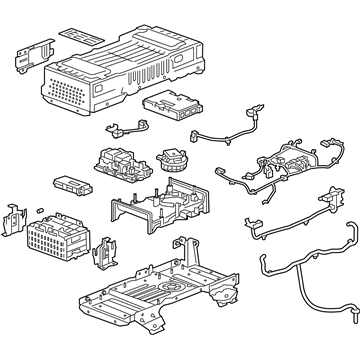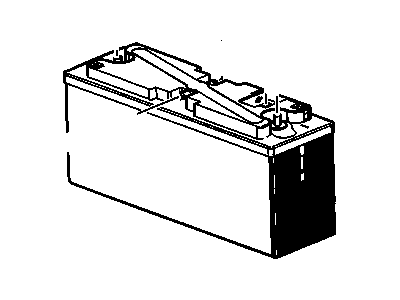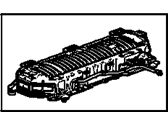
My Garage
My Account
Cart
Genuine GMC Sierra Batteries
Car Battery- Select Vehicle by Model
- Select Vehicle by VIN
Select Vehicle by Model
orMake
Model
Year
Select Vehicle by VIN
For the most accurate results, select vehicle by your VIN (Vehicle Identification Number).
9 Batteries found
GMC Sierra Battery Assembly, High Voltage (Export)
Part Number: 24285694$125.03 MSRP: $187.77You Save: $62.74 (34%)GMC Sierra Battery Assembly, High Vltg (Refurbish)
Part Number: 24287865$125.03 MSRP: $187.77You Save: $62.74 (34%)GMC Sierra Battery Assembly, High Vltg (Refurbish)
Part Number: 24288529$125.03 MSRP: $187.77You Save: $62.74 (34%)GMC Sierra BATTERY ASM-HIGH VLTG
Part Number: 24062811$1278.60 MSRP: $1928.89You Save: $650.29 (34%)Ships in 1-2 Business DaysGMC Sierra Battery Assembly, High Voltage (New Domestic)
Part Number: 24286780$125.03 MSRP: $187.77You Save: $62.74 (34%)
GMC Sierra Batteries
Each OEM GMC Sierra Batteries we offer is competitively priced and comes with the assurance of the manufacturer's warranty for the part. Furthermore, we guarantee the speedy delivery of your orders right to your doorstep. Our hassle-free return policy is also in place for your peace of mind.
GMC Sierra Batteries Parts Questions & Experts Answers
- Q: How to accurately test batteries on GMC Sierra?A:To accurately test a battery, it must be at or near a fully charged state. Begin by disconnecting the negative Battery Cable and visually inspecting the indicator eye or electrolyte level. Test the specific gravity of the electrolyte using a hydrometer and charge the battery if necessary. Perform an open circuit voltage test using a digital voltmeter and charge the battery if the voltage is less than 12.5 volts. Use a battery load-testing tool to evaluate the battery's ability to operate the Starter and other accessories during periods of heavy amperage draw. Conduct a battery drain test to determine if there is a constant drain on the vehicle's electrical system. To remove the battery, disconnect the cables and remove the front fender rear upper brace, battery tray support bracket, hold-down clamp bolt and clamp. Clean and inspect the battery tray before installation.















